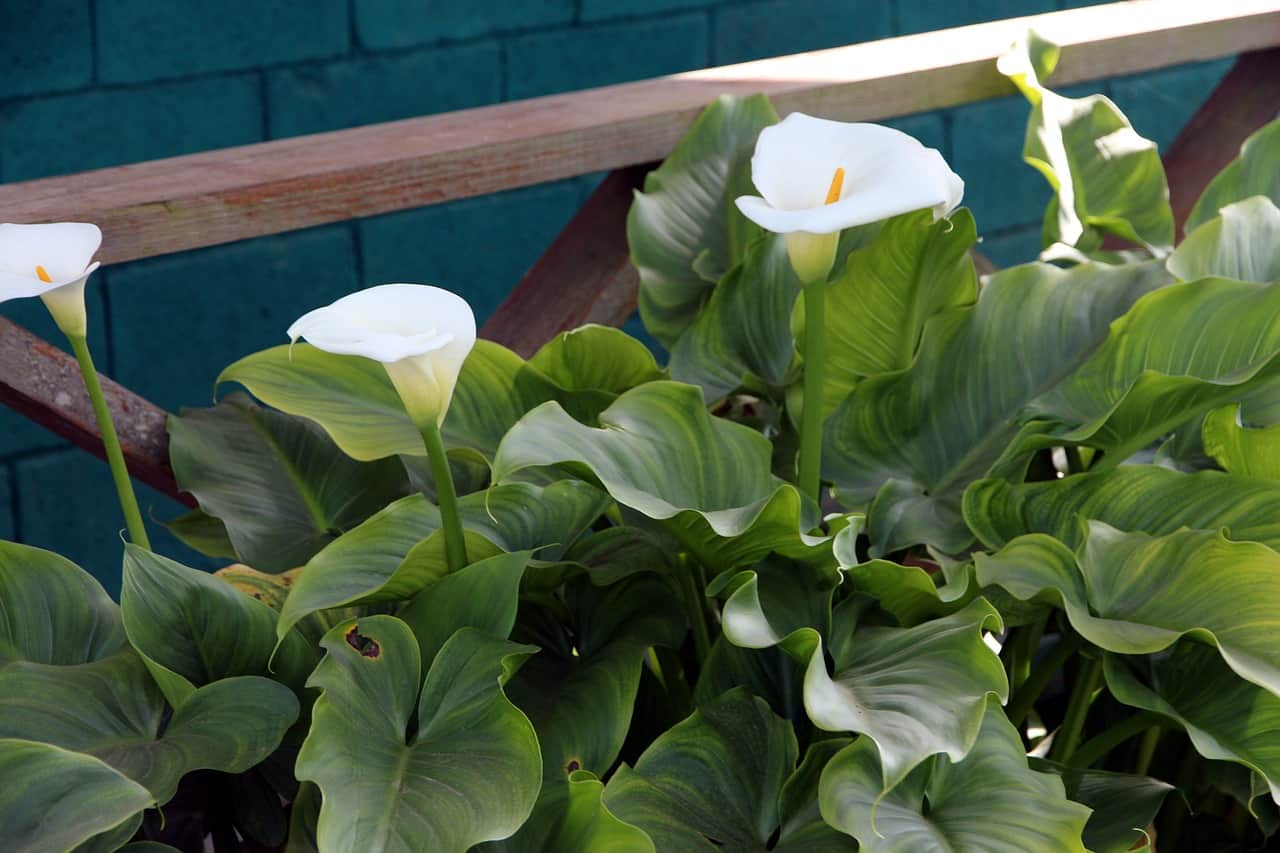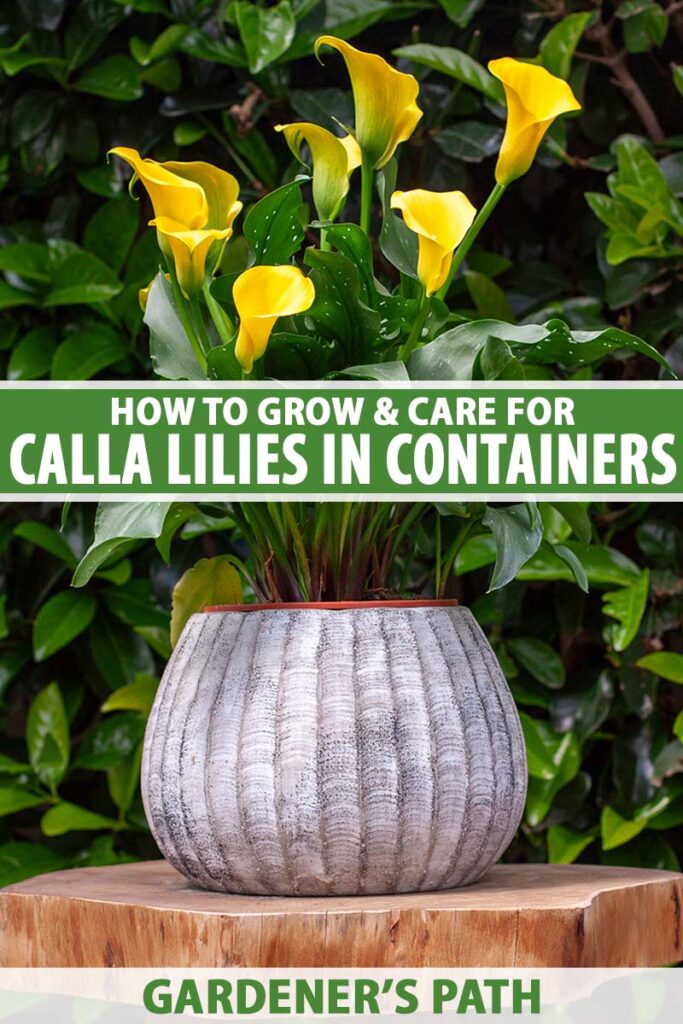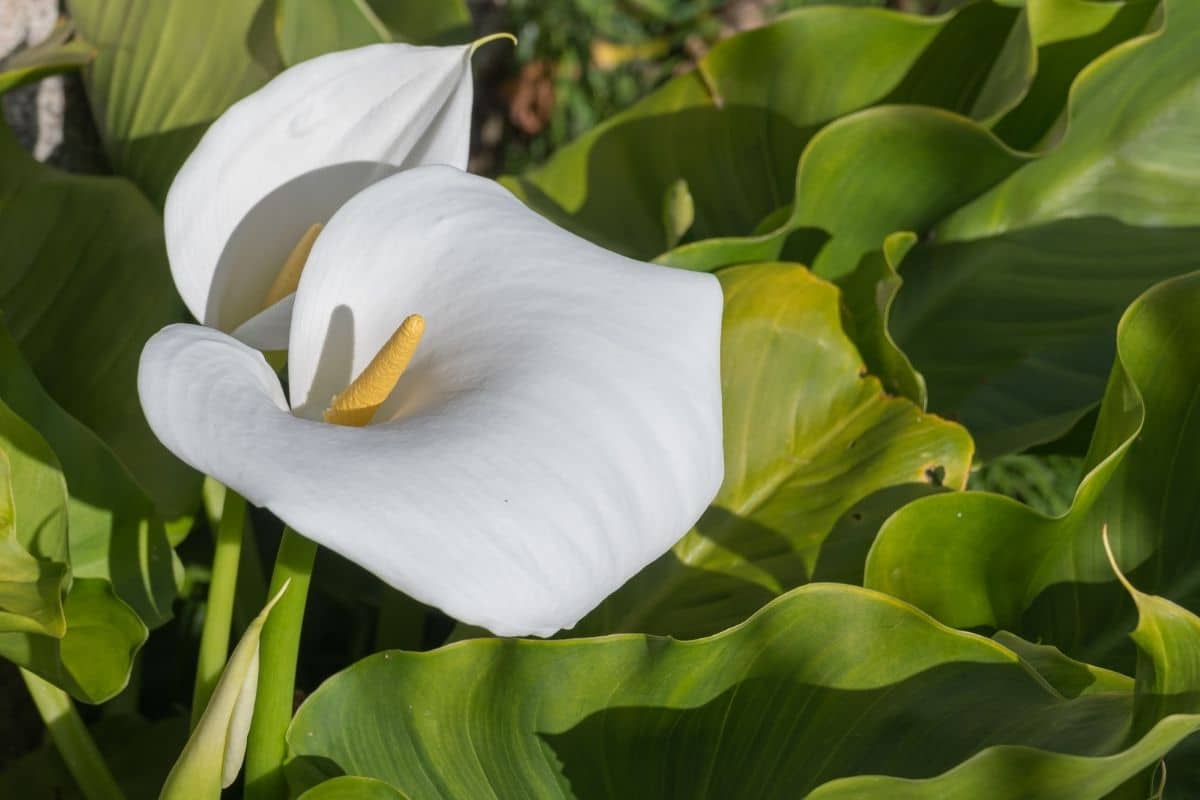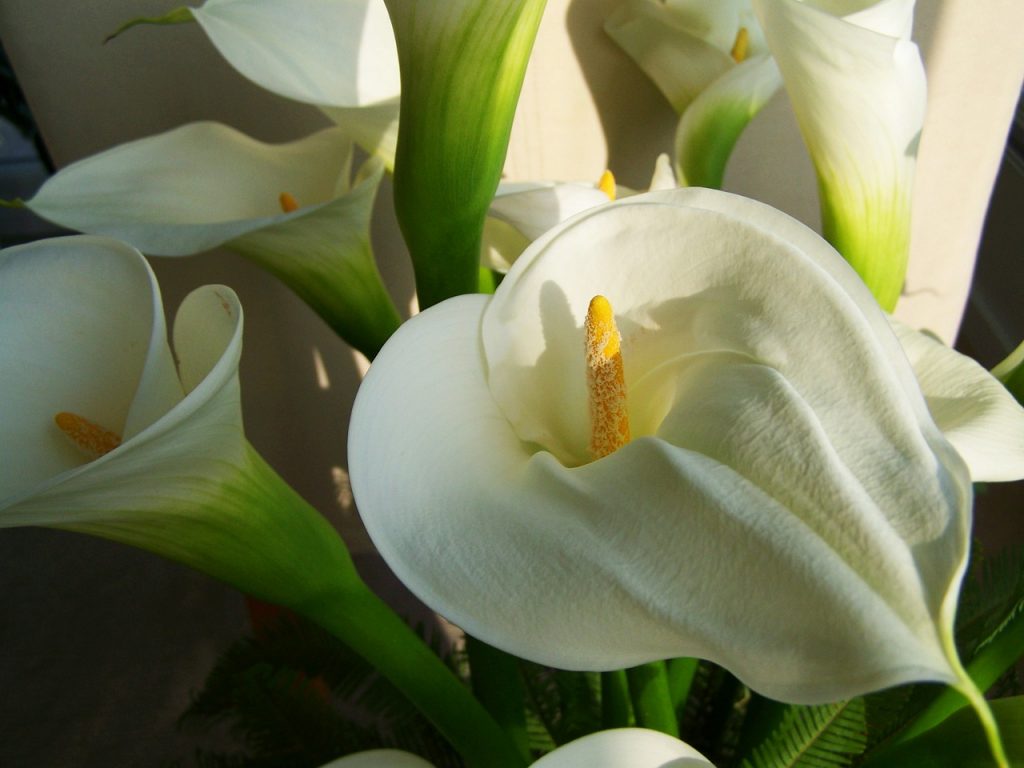Understanding Calla Lily Basics: Can You Plant Them Outside?
Calla lilies (Zantedeschia aethiopica) are popular, elegant flowers known for their trumpet-shaped blooms and dark green, glossy leaves. Native to southern Africa, these plants have been cultivated for centuries, and their unique beauty has captivated gardeners worldwide. While calla lilies can thrive in indoor containers, many gardeners wonder: can you plant a calla lily outside? The answer is yes, but it requires careful consideration of the plant’s specific needs and growing conditions.
In their natural habitat, calla lilies grow in marshy areas with full sun to partial shade. When planting outside, it’s essential to replicate these conditions as closely as possible. Calla lilies prefer well-draining soil and a slightly acidic to neutral soil pH (around 6.0-7.0). They also require consistent moisture, but overwatering can be detrimental. By understanding these basic requirements, gardeners can set their calla lilies up for success in outdoor environments.
Compared to indoor planting, outdoor calla lily cultivation offers several benefits. Outdoor plants can grow taller and produce more blooms, and the natural sunlight can enhance the plant’s color and texture. However, outdoor plants are also more susceptible to pests, diseases, and extreme weather conditions. By being aware of these potential challenges, gardeners can take steps to mitigate them and enjoy the beauty of their calla lilies outside.
Before planting calla lilies outside, it’s crucial to assess the specific climate and microclimate of your garden. Calla lilies are hardy in USDA zones 8-10, but they can be grown in cooler zones as annuals or in containers that can be moved indoors during the winter. By choosing the right location and providing the necessary care, gardeners can enjoy the elegance and beauty of calla lilies in their outdoor space.
How to Choose the Perfect Location for Your Calla Lily
When it comes to planting calla lilies outside, choosing the right location is crucial for their success. Calla lilies require specific conditions to thrive, and selecting a spot that meets these needs will ensure they grow and bloom beautifully. So, can you plant a calla lily outside in any location? The answer is no, but with a little planning, you can find the perfect spot for your calla lily.
First, consider the sunlight requirements for calla lilies. These plants prefer full sun to partial shade, depending on the climate. In warmer regions, it’s best to provide some afternoon shade to prevent scorching. In cooler regions, full sun is ideal. When selecting a location, ensure it receives the right amount of sunlight for your calla lily.
Soil is another critical factor to consider when choosing a location for your calla lily. These plants prefer well-draining soil that is rich in organic matter. Avoid planting in areas with standing water or where water tends to collect. If your soil is heavy clay or sandy, amend it with compost or well-rotted manure to improve its structure.
Drainage is also essential for calla lilies. These plants don’t like wet feet, so ensure the location you choose has good drainage. If you’re planting in a low-lying area or where water tends to collect, consider raising the bed or adding organic matter to improve drainage.
Assessing the microclimate of your garden is also crucial when choosing a location for your calla lily. Microclimates refer to the specific conditions within a small area, such as the temperature, humidity, and wind patterns. Consider the microclimate of your garden and how it will affect your calla lily’s growth. For example, if you live in a windy area, choose a location that provides some protection from the wind.
By considering these factors, you can choose the perfect location for your calla lily and ensure it thrives outside. Remember, calla lilies are adaptable plants, but they do require specific conditions to grow and bloom beautifully. With a little planning and attention to detail, you can enjoy the elegance and beauty of calla lilies in your outdoor space.
Preparing Your Soil for Calla Lily Planting
Soil preparation is a crucial step in planting calla lilies outside. These plants require a well-draining, fertile soil that is rich in organic matter. The ideal soil pH for calla lilies is between 6.0 and 7.0, which is slightly acidic to neutral. If your soil is heavy clay, sandy, or alkaline, you may need to amend it to create a suitable growing environment.
To prepare your soil for calla lily planting, start by testing its pH level. You can purchase a soil testing kit or send a sample to a laboratory for analysis. Based on the test results, you can amend the soil with lime to raise the pH or sulfur to lower it. Additionally, add compost or well-rotted manure to improve the soil’s fertility and structure.
Calla lilies also require a well-draining soil mix to prevent waterlogged soil conditions. To create a well-draining mix, combine topsoil, compost, and perlite or sand. Avoid using regular potting soil, as it can retain too much water and cause root rot. If you’re planting in a container, use a potting mix specifically designed for tropical plants like calla lilies.
Another important consideration is the nutrient requirements of calla lilies. These plants are heavy feeders and require regular fertilization to promote healthy growth and flowering. Use a balanced, water-soluble fertilizer (20-20-20) and follow the manufacturer’s instructions for application rates. You can also add a high-phosphorus fertilizer (10-20-10) to promote blooming.
Common soil mistakes to avoid when planting calla lilies outside include overwatering, underwatering, and compacting the soil. Calla lilies don’t like wet feet, so ensure the soil drains well and avoid watering too frequently. On the other hand, underwatering can cause the plants to become stressed and more susceptible to pests and diseases. Finally, avoid compacting the soil, as it can prevent proper drainage and aeration.
By preparing your soil properly, you can create a suitable growing environment for your calla lilies and enjoy their elegant blooms outside. Remember, can you plant a calla lily outside? Yes, with the right soil preparation and care, you can enjoy the beauty of these stunning plants in your outdoor space.
Planting Calla Lilies Outside: A Step-by-Step Guide
Now that you’ve prepared your soil and chosen the perfect location, it’s time to plant your calla lilies outside. Planting calla lilies is a relatively straightforward process, but it does require some care and attention to detail. Here’s a step-by-step guide to help you get started:
Step 1: Handle the Rhizomes with Care
Calla lily rhizomes are sensitive to damage, so handle them carefully to avoid bruising or breaking. Gently remove the rhizome from its packaging or pot, taking care not to disturb the roots.
Step 2: Plant at the Right Depth
Plant the calla lily rhizome at a depth of 2-3 inches, depending on the variety. Make sure the “eyes” or growing points are facing upwards and the rhizome is firmly seated in the soil.
Step 3: Space Correctly
Space calla lily plants 12-18 inches apart, depending on the variety. This will give them enough room to grow and prevent overcrowding.
Step 4: Water and Care
Water your calla lily plants thoroughly after planting, and keep the soil consistently moist during the first few weeks. Once established, calla lilies are relatively drought-tolerant, but they will still require regular watering.
Step 5: Provide Support
Calla lily plants can grow quite tall, so provide support using stakes or a trellis to keep them upright and secure.
By following these steps, you can successfully plant your calla lilies outside and enjoy their elegant blooms throughout the growing season. Remember, can you plant a calla lily outside? Yes, with the right care and attention, you can enjoy the beauty of these stunning plants in your outdoor space.
Caring for Your Outdoor Calla Lilies: Tips and Tricks
Once you’ve planted your calla lilies outside, it’s essential to provide them with the right care and attention to ensure they thrive. Here are some tips and tricks to help you care for your outdoor calla lilies:
Watering: Calla lilies require consistent moisture, especially during the growing season. Water them deeply once or twice a week, depending on weather conditions. Avoid overwatering, which can lead to root rot and other problems.
Fertilization: Feed your calla lilies with a balanced fertilizer (20-20-20) once a month. You can also add a high-phosphorus fertilizer (10-20-10) to promote blooming.
Pruning: Remove dead or dying flowers and foliage to maintain the plant’s appearance and promote healthy growth. Cut back the flower stalks to the base after blooming, and trim back the foliage to about 6 inches from the ground.
Pest and Disease Control: Keep an eye out for pests like aphids, whiteflies, and spider mites. Regularly inspect your plants and treat any infestations promptly. Also, be aware of diseases like root rot, leaf spot, and powdery mildew. Treat fungal diseases with a fungicide, and remove infected plants to prevent the spread of disease.
Protection from Extreme Weather: Calla lilies are sensitive to extreme weather conditions like strong winds, frost, and intense sunlight. Provide protection by staking the plants, covering them with a frost blanket, or bringing potted plants indoors during harsh weather.
By following these care tips, you can enjoy the beauty of your calla lilies outside throughout the growing season. Remember, can you plant a calla lily outside? Yes, with the right care and attention, you can enjoy the elegance and beauty of these stunning plants in your outdoor space.
Common Challenges and Solutions for Outdoor Calla Lily Planting
While calla lilies can be a beautiful addition to your outdoor space, they can also be susceptible to certain challenges. Here are some common issues that may arise when planting calla lilies outside, along with some solutions and troubleshooting tips:
Pests: Calla lilies can be vulnerable to pests like aphids, whiteflies, and spider mites. To control infestations, use neem oil or insecticidal soap, and make sure to inspect your plants regularly.
Diseases: Fungal diseases like root rot, leaf spot, and powdery mildew can affect calla lilies. To prevent these diseases, ensure good air circulation, water carefully, and treat any infections promptly with a fungicide.
Weather Damage: Calla lilies can be sensitive to extreme weather conditions like strong winds, frost, and intense sunlight. To protect your plants, provide support with stakes, cover them with a frost blanket, or bring potted plants indoors during harsh weather.
Soil Problems: Calla lilies can be sensitive to soil pH and nutrient deficiencies. To avoid these issues, test your soil regularly, amend it if necessary, and provide regular fertilization.
By being aware of these potential challenges and taking steps to prevent or address them, you can enjoy the beauty of your calla lilies outside without worrying about common problems. Remember, can you plant a calla lily outside? Yes, with the right care and attention, you can enjoy the elegance and beauty of these stunning plants in your outdoor space.
Calla Lily Varieties: Which Ones Thrive in Outdoor Conditions?
While all calla lily varieties can be planted outside, some are better suited for outdoor conditions than others. Here are some popular varieties that thrive in outdoor environments:
‘Crystal Blanca’ is a popular variety known for its pure white blooms and elegant appearance. It grows up to 3 feet tall and 2 feet wide, making it a great choice for borders or containers.
‘Odessa’ is another popular variety that features creamy white blooms with a hint of yellow. It grows up to 2 feet tall and 1.5 feet wide, making it a great choice for smaller gardens or containers.
‘Captain Reno’ is a variety that features bright yellow blooms with a hint of orange. It grows up to 3 feet tall and 2 feet wide, making it a great choice for borders or containers.
When choosing a calla lily variety for outdoor planting, consider factors like climate, soil type, and sunlight. Some varieties are more tolerant of heat or cold, while others prefer well-draining soil or full sun.
By selecting the right variety for your specific climate and garden conditions, you can enjoy the beauty of calla lilies outside throughout the growing season. Remember, can you plant a calla lily outside? Yes, with the right variety and care, you can enjoy the elegance and beauty of these stunning plants in your outdoor space.
Conclusion: Enjoying the Beauty of Calla Lilies in Your Outdoor Space
Planting calla lilies outside can be a rewarding experience, and with the right care and attention, you can enjoy their beauty throughout the growing season. By following the tips and guidelines outlined in this article, you can create a stunning outdoor space that showcases the elegance and sophistication of calla lilies.
Remember, can you plant a calla lily outside? Yes, with the right variety, soil preparation, and care, you can enjoy the beauty of these stunning plants in your outdoor space. Whether you’re looking to add a touch of elegance to your garden, patio, or container, calla lilies are a great choice.
So why not give it a try? Plant some calla lilies outside and enjoy their beauty throughout the growing season. With their elegant blooms and sophisticated appearance, they’re sure to be a hit in any outdoor space.
By incorporating calla lilies into your outdoor decor, you can create a stunning and elegant space that’s perfect for relaxing, entertaining, or simply enjoying the beauty of nature. So go ahead, plant some calla lilies outside, and enjoy the beauty and elegance they bring to your outdoor space.






